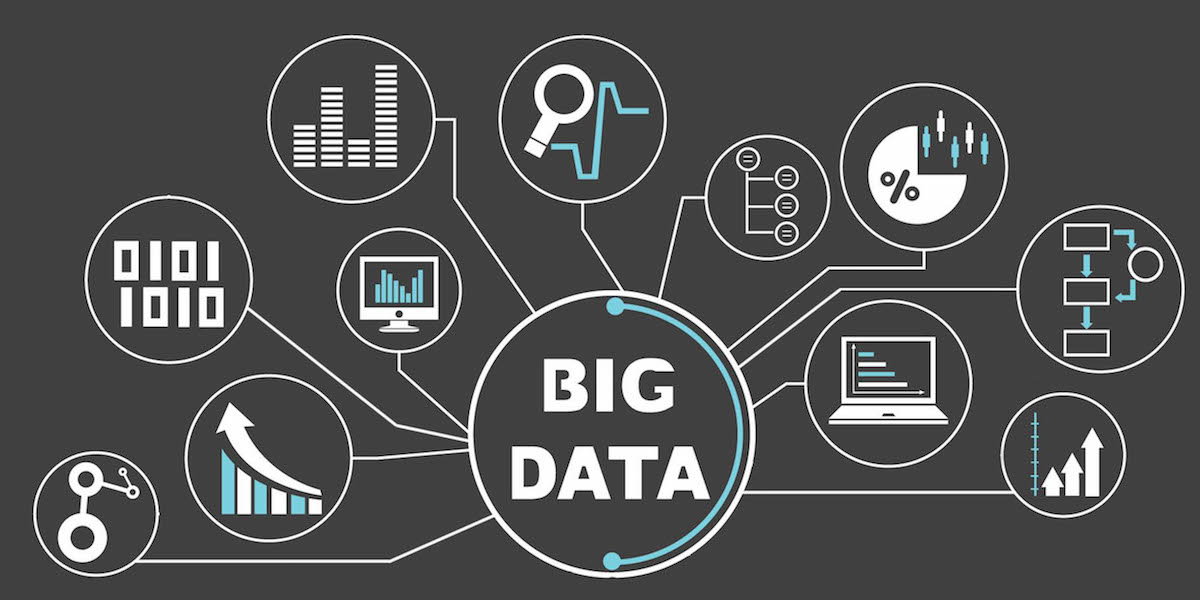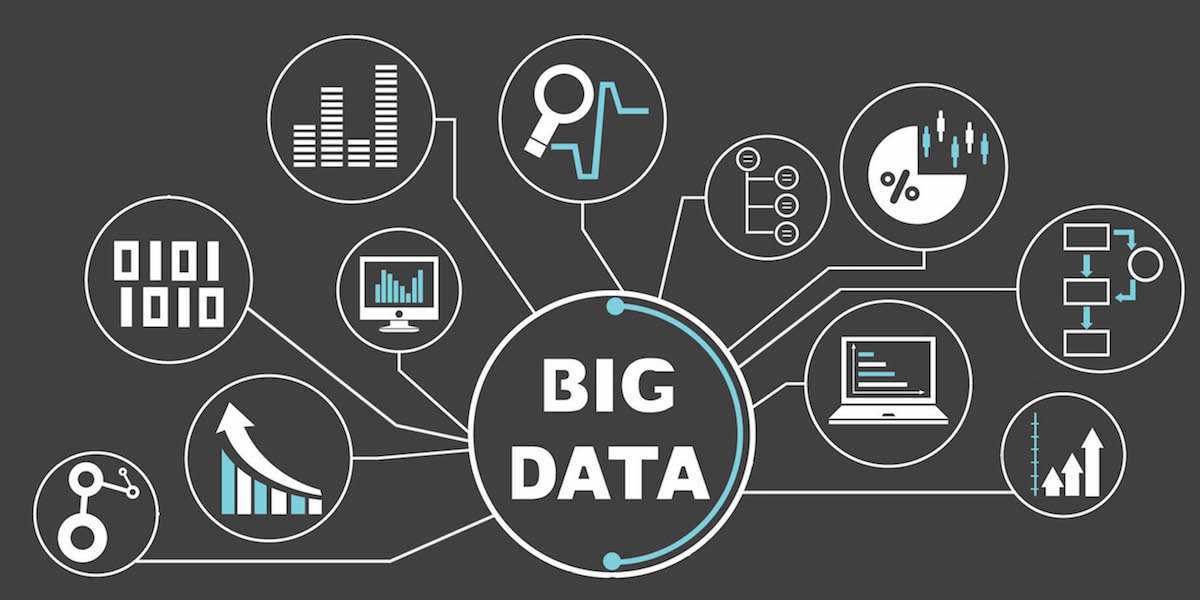
Simon
Managing Director
February 21, 2017
Hotel trends
How do I use my hotel data correctly
Only few industries gather so much and such good information about their own company and their customers like hotels. Unfortunately, this information is often not used.

Big Data Graphik
In the rarest of cases, however, these data find the right use. To gain new insights and knowledge in order to improve one's own business.
If you look at a hotel, there is a lot of different data to be found: guest details, occupancy, revenues, ratings, website traffic and much more.
You can distinguish between 'Small Data' and 'Big Data' with the available data:
'Big Data' is a large amount of complex data that is mainly generated on the Web. It refers to data sets which are too large and too complex to evaluate them manually.
'Small Data' is not often spoken about, but it is often the most important data that a hotel collects and often owns. It is structured data about customers, bookings or revenue. This data could also be called 'smart data'.
So there are structured and unstructured data, but when we collect them, how do we use the data correctly?
The purpose of analyzing these data is to help hotels to make better business decisions and thus optimize processes - especially profitability. The data are analyzed to gain hidden patterns, unknown connections, and other useful information.
Such information can bring competitive advantages to competitors and other business benefits. For example, more effective marketing or more efficient prices that lead to higher revenue.
In the appropriate context and correctly used, this data helps to optimize sales and processes and thus to a bottom line better operating result.
The first step towards better data management is to collect this data.
The property management system (hotel management system) provides a good starting point for evaluations and is a good basis for initial analyzes. Above all, comparison to occupancy, revenue and average prices can give a good insight into the current business performance.
However, the analyzes are only made in conjunction with external data. Here, in particular, competitors' prices, weather data, holiday periods or events should be mentioned. A problem which is manifold is that these sources are distributed to different data silos. For data analysis, however, it is a must to bring this data together with one's own and to bundle it in one place.
In conjunction with external data from the web, which can be made accessible with new technologies, hotels can now resort to a previously unprecedented variety of data. These, if properly interpreted, can become a true treasure.
SHARE

Subscribe To Our Newsletter
Sign up now and receive monthly hotel and revenue management insights.
